Tadej Pogacar breaks 3 Strava records during his reconnaissance for Paris-Roubaix 2025 including fastest time on Mons-en-Pévèle
CyclingThursday, 03 April 2025 at 09:31

First they'll battle it out at the Tour of Flanders, but many fans would be lying if they said they weren't looking forward to the following dish even more: Tadej Pogacar vs. Mathieu van der Poel duel at Paris-Roubaix. The Slovenian is yet to make his debut at the Hell of the North this season, but his training efforts are quite promising.
According to the UAE Team Emirates - XRG rider's latest activity on Strava, Pogacar did a 213-kilometer training ride this Wednesday, where he broke no less than 3(!) records on sectors of Paris-Roubaix, including Mons-en-Pévèle.
Read also
In addition, Tadej Pogacar also recorded the 2nd fastest time ever at Carrefour de l'Arbre, and went through the Vieux Quaremont. There is no doubt that the little cannibal from UAE is taking this part of the season very seriously, and hasn't even begun to think about the Tour de France.
Victories at the Tour of Flanders and Paris-Roubaix are haunting a rider who feels wounded after the defeat at the last Milano-Sanremo. Will this latest training session by Tadej Pogacar make Mathieu van der Poel nervous?
Read also
Tadej Pogacar a effectué une sortie de 213km ce mercredi où il a pris le meilleur temps (KOM) sur Strava dans 3 secteurs de #ParisRoubaix, dont celui de Mons-en-Pévèle. Il a signé aussi le 2e temps dans le Carrefour de l'Arbre. Il est passé aussi par le Vieux Quaremont. pic.twitter.com/FaeTBIypLf
— Le Gruppetto (@LeGruppetto) April 2, 2025
claps 5visitors 4
Just in
Popular news
Latest comments
- I don't support them, but I understand the protesters. You like it or not - if you represent country that kills innocent some part of blame will be directed to you.averagecyclist03-09-2025
- Jonas won 3 stages and Joao 2 during their Basque Tour GCs, am sure both can avoid cracking.Mistermaumau03-09-2025
- His hand is faced the wrong way round...
 Llywelynglyndwr03-09-2025
Llywelynglyndwr03-09-2025 - I would say management probably did as follows. Tell each upcoming rider something slightly different in private (often what they wanted to hear) telling them not to pay too much attention to team meetings.Mistermaumau03-09-2025
- You forget a lot of people were already biased before this, without a thought for what goes on behind the scenes. It will take a lot to convince most people to swap sides.Mistermaumau03-09-2025
- Maybe it will be Brennan's turn today, as it was Kooij's yesterday. The dynamic between Brennan and Kooij is quite like the dynamic between Van Poppel and Meeus. Brennan is a much better climber than Kooij.
 Llywelynglyndwr03-09-2025
Llywelynglyndwr03-09-2025 - That won't be a punishment - he'd happily accept, as it would fix his reputation, and show that UAE have simply handled him in the wrong way. The biggest punishment (due to the long term damage to Ayuso's reputation) would be to force him to chase stage wins - and that is impossible.
 Llywelynglyndwr03-09-2025
Llywelynglyndwr03-09-2025 - Ciccone won Donostia Klasikoa, which was very similar to this, but he is suffering from the fatigue
 Llywelynglyndwr03-09-2025
Llywelynglyndwr03-09-2025 - Maybe it's because of the issues in the management. UAE make him feel like a leader who has to be a domestíque, whereas Visma would make it clear that he's a domestíque who can sometimes get his own chances. A good manager can teach even the most selfish rider that, by helping one's teammates, one helps oneself. Ayuso knows this, but the problem is that this is simply not the philosophy at UAE. At Visma and at LiDL-TREK, they do believe in this.
 Llywelynglyndwr03-09-2025
Llywelynglyndwr03-09-2025 - In my opinion, both Ayuso and UAE have done the wrong things. Whether or not UAE were trying to ruin Ayuso's reputation, releasing the statement in the middle of La Vuelta was the wrong thing to do. At the same time, Ayuso went too far with his rant. He should have kept it to "We agreed to announce this after La Vuelta, but for now I'd like to focus on the race and helping the team". If he'd done that, enough people on social media would have said "UAE are trying to ruin his reputation" and UAE would have ended up on the back foot. As it stands, everyone is divided as to whether to support Ayuso or UAE. However, I'd say that Ayuso has the advantage now, because if he works for Almeida over the coming stages, everyone will be on his side. As for UAE, there's nothing they can do - the damage is done. All they can do is apologise to Ayuso. The fact of the matter is that, being on his own, Ayuso attracts more sympathy - people can say "He's a young man, only 22, and fighting a superteam all by himself." No-one can say "UAE are a huge team but they have to fight Juan Ayuso all by themselves."
 Llywelynglyndwr03-09-2025
Llywelynglyndwr03-09-2025


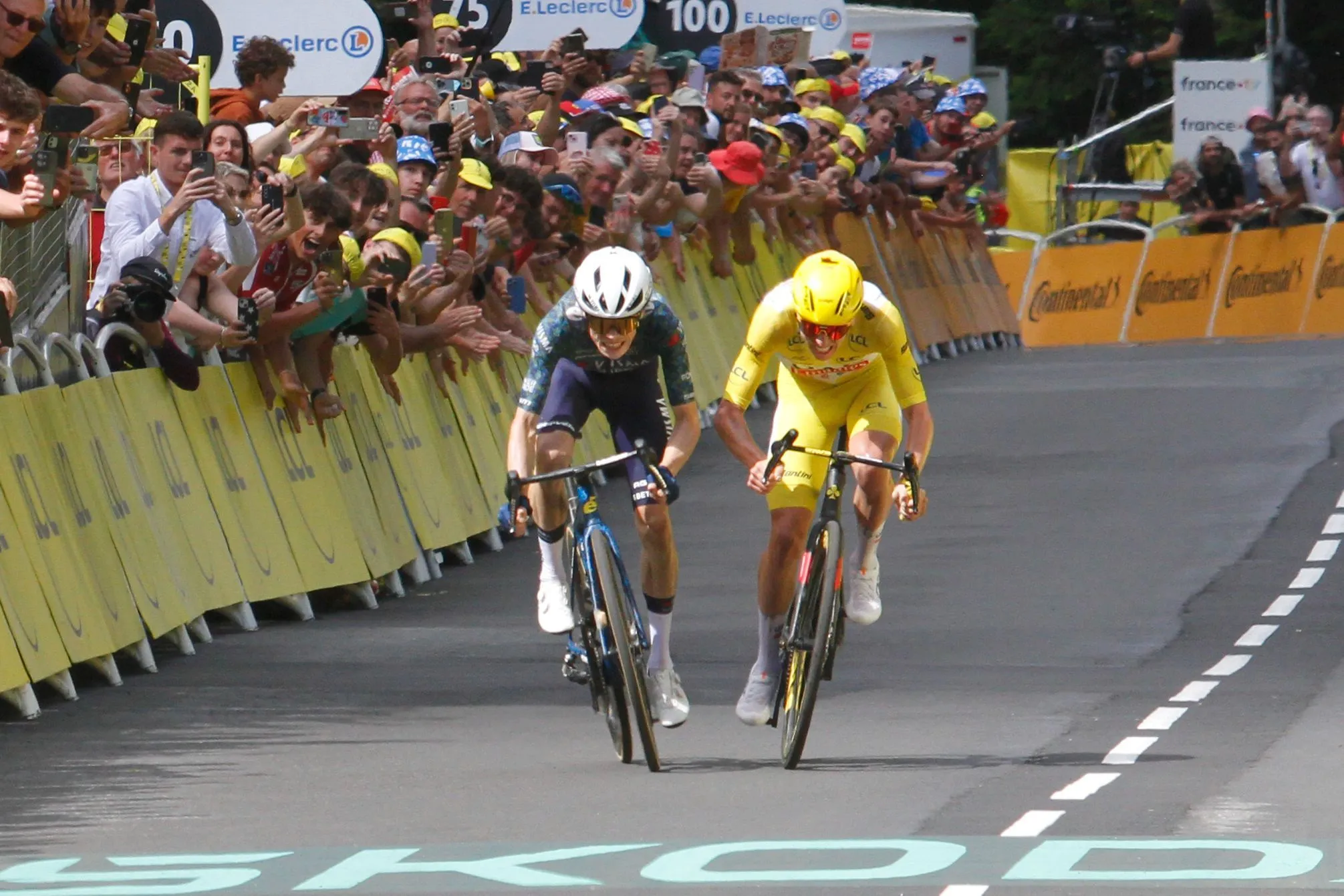
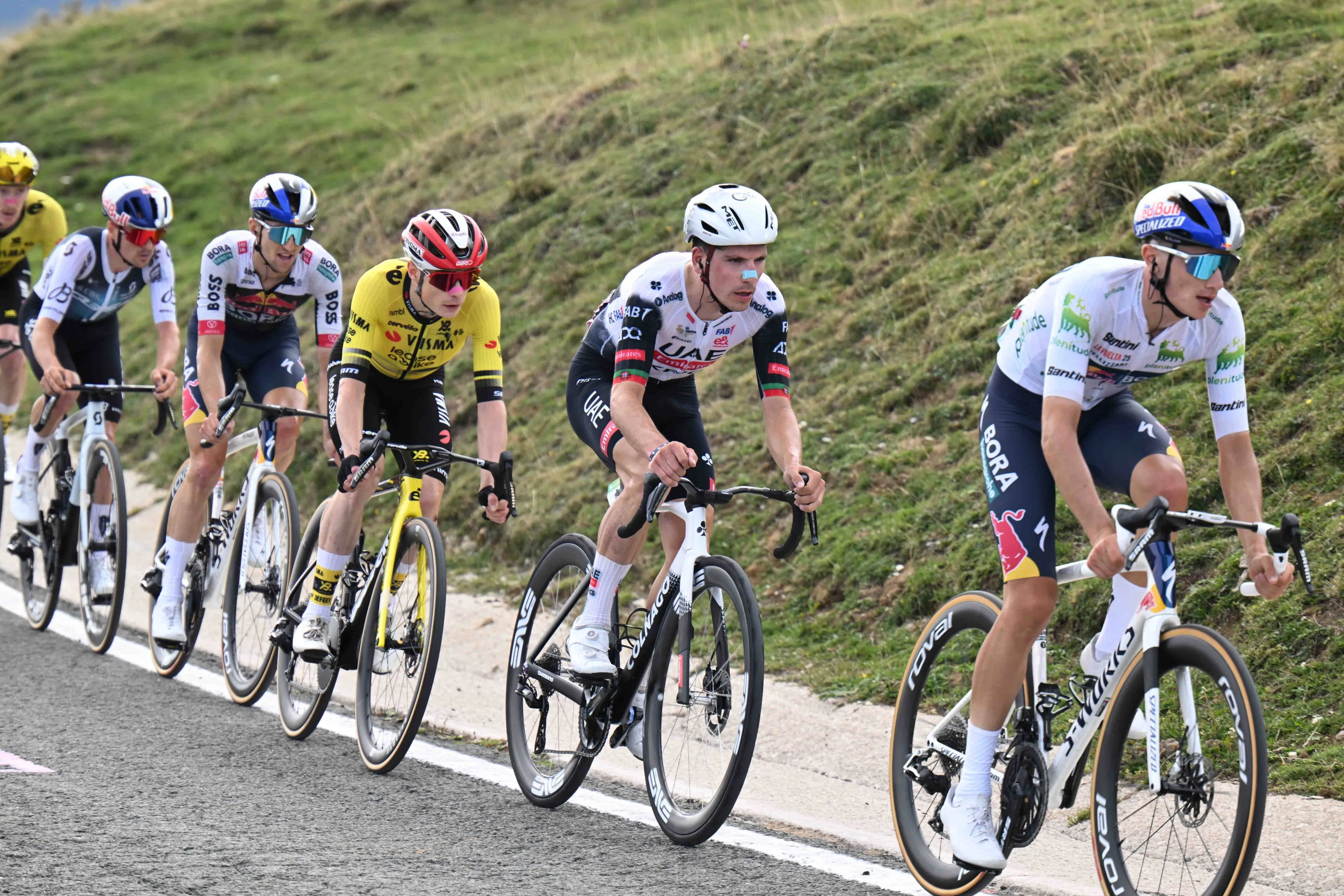

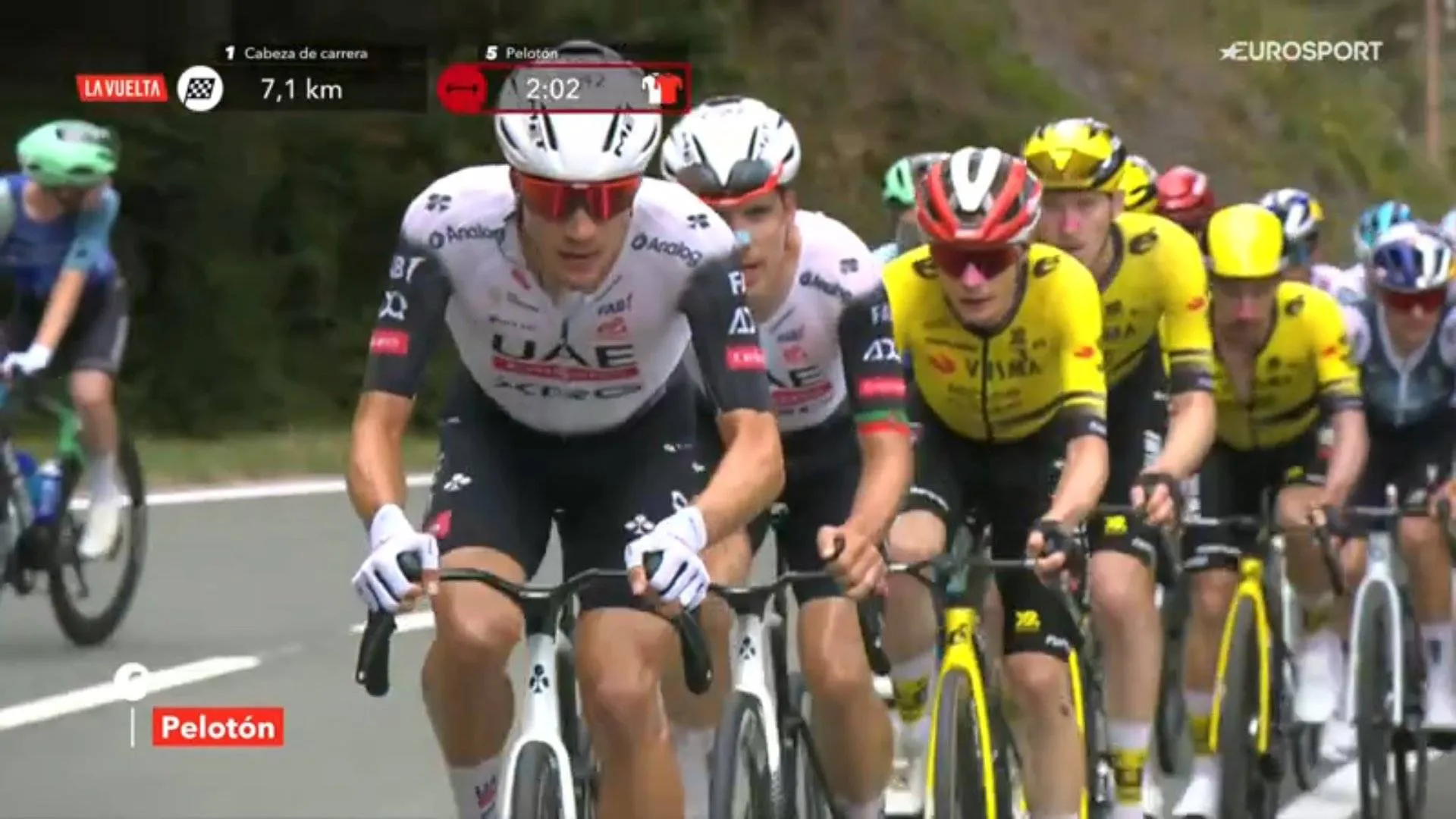
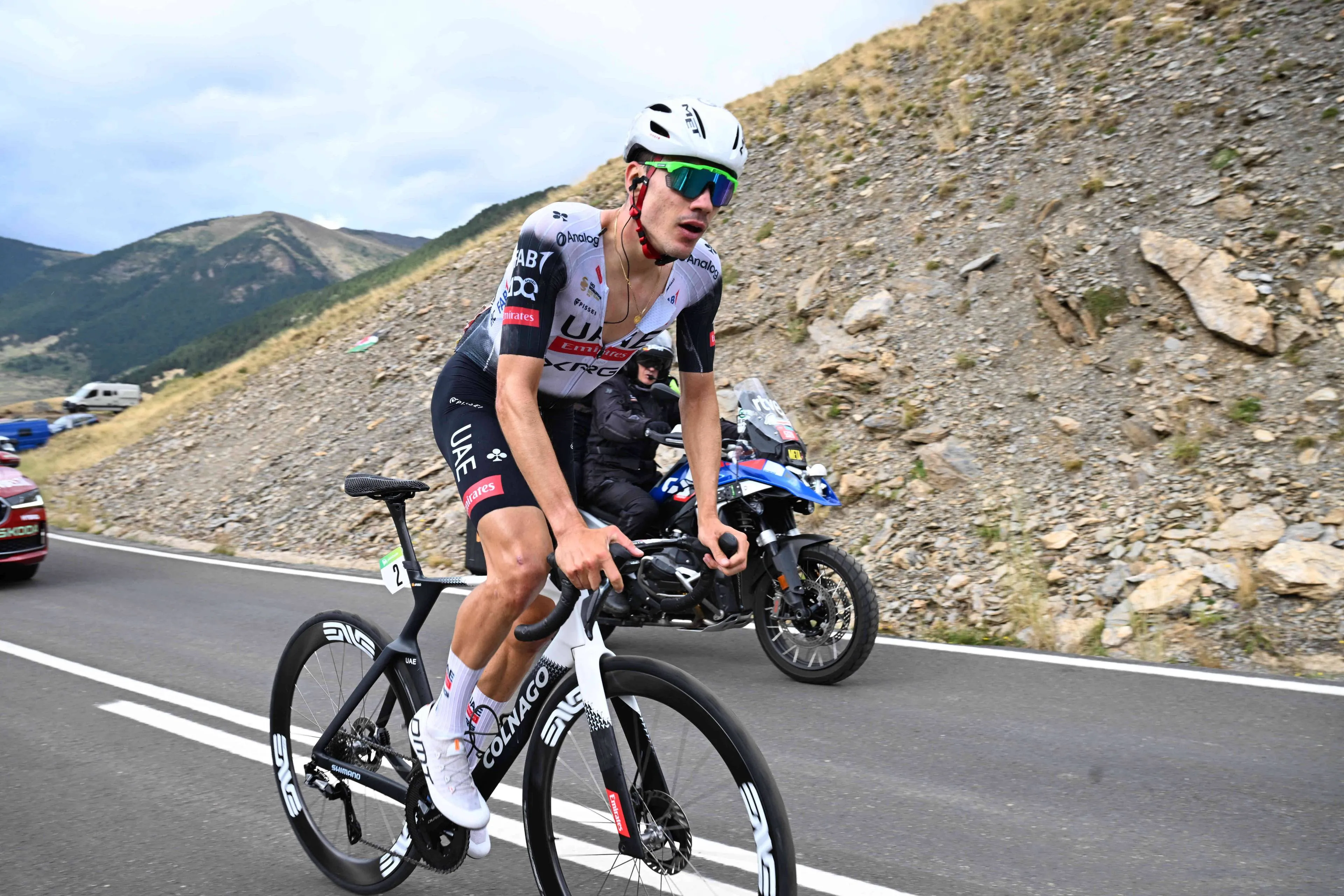
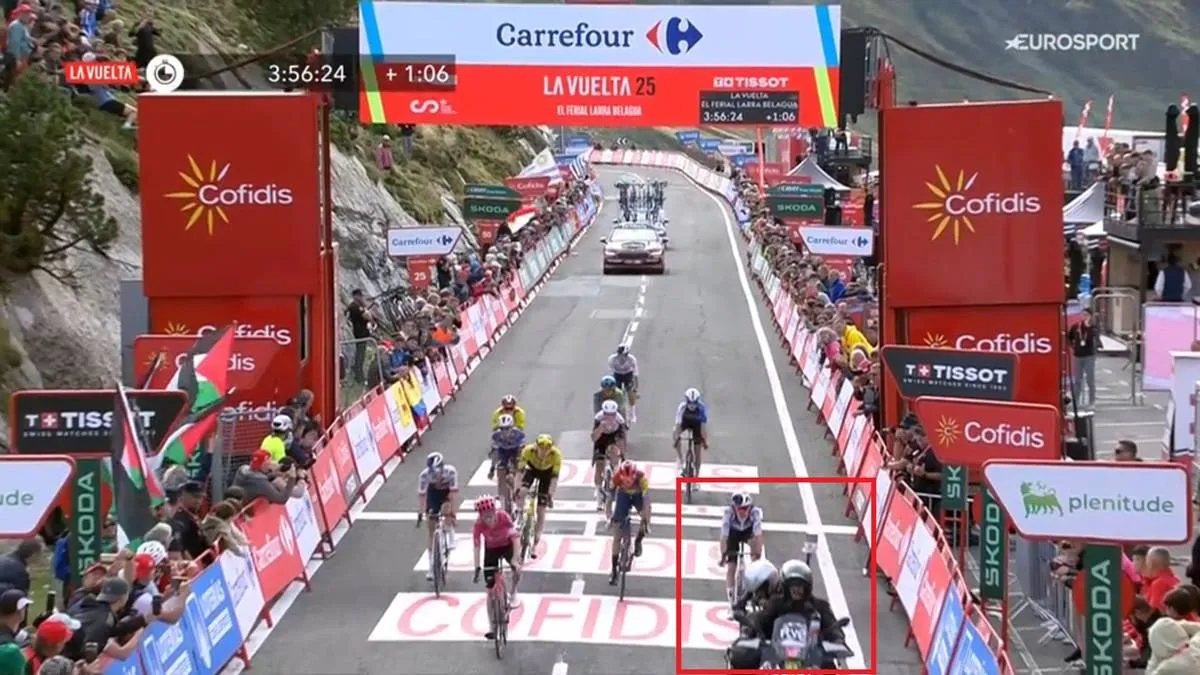

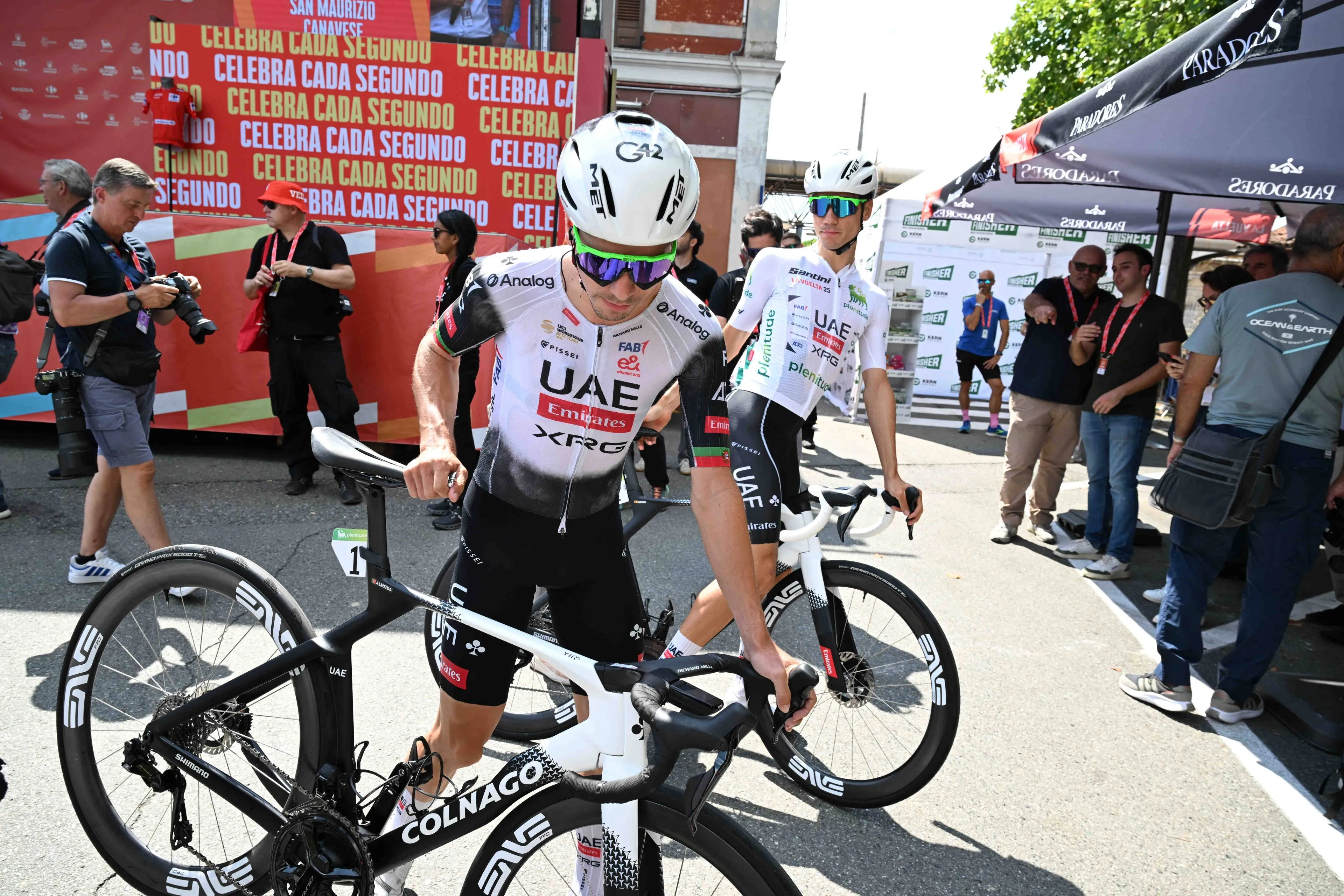
How exactly is that a good thing on cobbles or flat? Lower weight is only beneficial on a climb
Going over bumps is equivalent to going over many small climbs. Lower weight is always a good thing (ceteris paribus) except when going downhill, and even then it's not that advantageous if the downhill is at all technical.
That’s not quite true, even steep climbs and sudden gradient changes can be considered as remaining tangential to the wheel whereas the occasional dip between cobbles a wheel drops into cannot, as such riding over cobbles can become like a permanent surmounting of small obstacles that hit back into your wheel slowing you drastically if you don’t have the right rhythm to “fly” on the mounds, here again the greater the momentum the less these obstacles reduce your speed. But, it is but one factor, you cannot decide on this alone. Like with natural surface ripple formation on desert tracks used by vehicles, there is an optimal speed range to efficiently pass over such surfaces, too fast or slow and your car gets shaken to pieces from the “harmonics” in the vibrations caused. Pretty sure the same applies to riding on cobbles.
I disagree. If you have lower weight, you will bounce more at the same speed, meaning that you will spend more time in the air and shorter time on the ground, as a consequence, when you are on the ground you have to produce more force for the same speed
So, you're saying that doing a bunch of small hops on a bike is easier if you're heavier? Why do people buy lighter bikes, then? Why do they generally feel better and faster?
An appeal to "rhythm" is not helpful either, as the right "rhythm" might be on the lighter or heavier side of things, and as it varies, it's likely a wash either way. Then we are left with the physics truth that it takes less power to lift lighter things than heavier things.
You might bounce more for the same power, but not the same speed. Sending 20 kgs over a jump at 20 kph will fly just as far as 10 kgs at the same speed. Again, Galileo demonstrated this.
You are completely wrong
Ok guys, both of you, this is far too complex to debate as a whole as there are dozens of variables and none of the conditions have been rigidly defined, what’s more, everyone is looking at things from a different angle and for a different purpose so let’s go back to the real basics first to see if we can agree on some starting principles.
If you throw a golf ball or ping pong ball (assuming same size here) at the same speed in the same direction, which is going to land further? Ditto if you launch them with the same power?
If two identical riders of 70 and 80kg (lets assume the extra 10kg is just bones and drinks and lunch) on identical bikes ride side by side at speed X with zero wind (or alternatively a really strong head wind) and both stop pedalling at the same time, which is going to roll further or come to a stop sooner?
The wind force does inevitably come into play but I want to keep an open mind as to the effect it has in situ in practice because it obviously isn’t the only criteria and with acem82’s example it’s highly likely that wind is more minor but that wouldn’t be true for every real-life situation.
Regarding cobbles, that’s an extremely complex motion to analyse, you can call it bouncing or hopping or climbing or what you like but in reality it’s indescribable and only high precision analysis can tell you exactly how much of each effect is contributing for each rider at each speed and every tire pressure/behaviour, you will NEVER manage to say that one criteria alone governs the whole efficiency equation.
If you throw 2 identical golf balls at the same speed, but one is twice the weight, it will go a bit farther (wind resistance is the same, so the amount of energy of the heavier ball is higher). If you throw 2 identical golf balls at the same power, but one is twice the weight, it will go less far (the amount of energy is the same, so the lighter one is going faster).
Remember that in a flat TT, once up to speed, the amount of weight is basically negligible (except a tiny amount of increase in rolling resistance). It's all power vs CdA.
Probably the best way to think about this is with a truck (with a covered bed) over a flat but very bumpy road, and ideal tire pressure for the weight. Now, load the truck up to 3X the mass, change the tire pressure to the new ideal pressure, and do the run again. What will take the most amount of power? It's quite obvious that it's the run with the more mass. (Many of us have done this test in real world conditions without realizing it.)
Why? Because there's deformation loss to the tire, which is somewhat worse when there's more mass, but there's also the loss from having to lift that much more weight over and over again.
All this seems right but the problem is that two riders of differing weight going at the same speed will have different power and they will also have different power per weight yet are both (in theory, i.e. when trying their hardest) at their max,which means the lighter one is proportionally losing more to the wind (working harder to overcome), the heavier one proportionally losing more to rolling resistance and bounce. The extremely difficult calculations to know which of the 2-3 causes the bigger effect under what exact conditions is what makes it impossible to say who will benefit most in many situations when they aren’t different enough to make it obvious, i.e. a puny climber of 50kg vs a sprinter of 80kg on either the flat or a mountain.
I agree about the sprint or drilling it on the flat. Lighter rider versus heavier rider. Inertia is the natural tendency of objects in motion to stay in motion (e.g the heavier riders momentum) and objects at rest to stay at rest, unless a force causes the velocity to change.
You have to keep all else held equal or you're not isolating the change. A lighter rider is faster at everything, save downhills, all else held equal, as I keep showing.
As for wind, just as in flat TTs weight basically doesn't matter, except that lighter equals slightly less rolling resistance. In the same manner, for a 30 kph headwind, weight doesn't matter, as the relevant equation is power vs CdA. The reason why more weight is helpful downhill is the same reason it's hurtful uphill, it "gives back" the energy (not speed) you gained by going up the hill.
Lastly, in a sprint, weight is again counterproductive, assuming one has to accelerate up to speed. Accelerating a mass takes energy, and a heavier one takes more energy than a lighter one. Now, at most sprint speeds, almost all energy goes into wind resistance, but the acceleration of mass still does play a part.